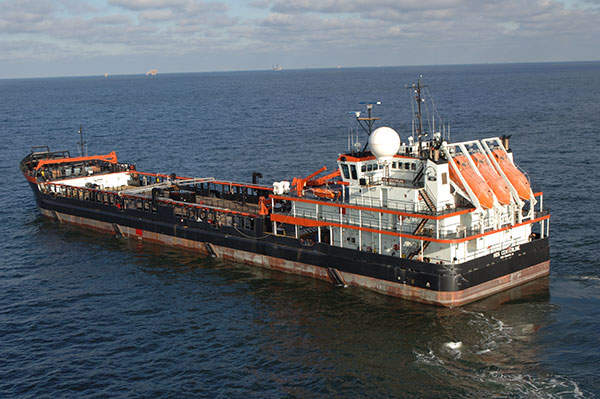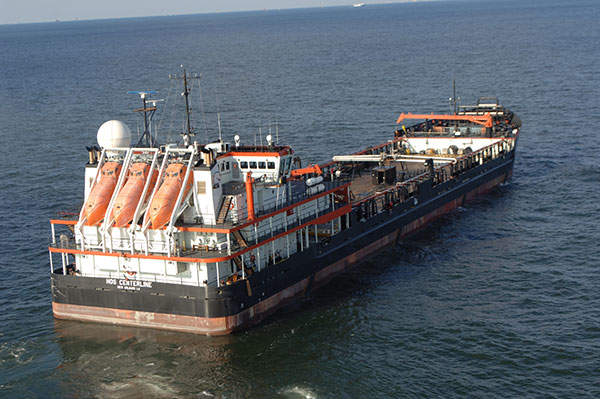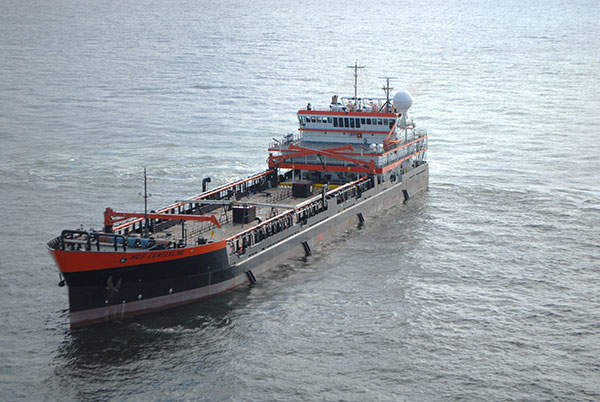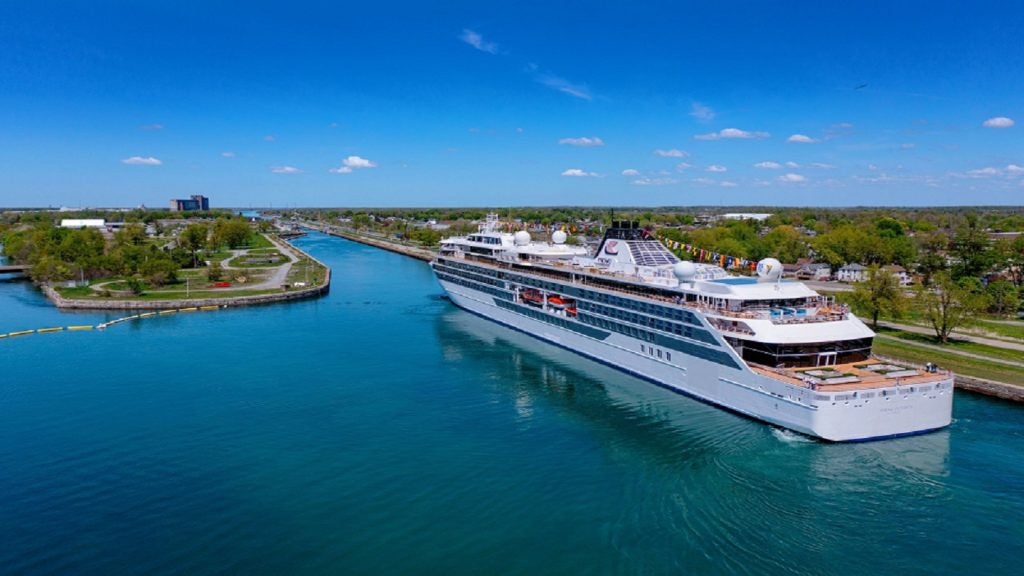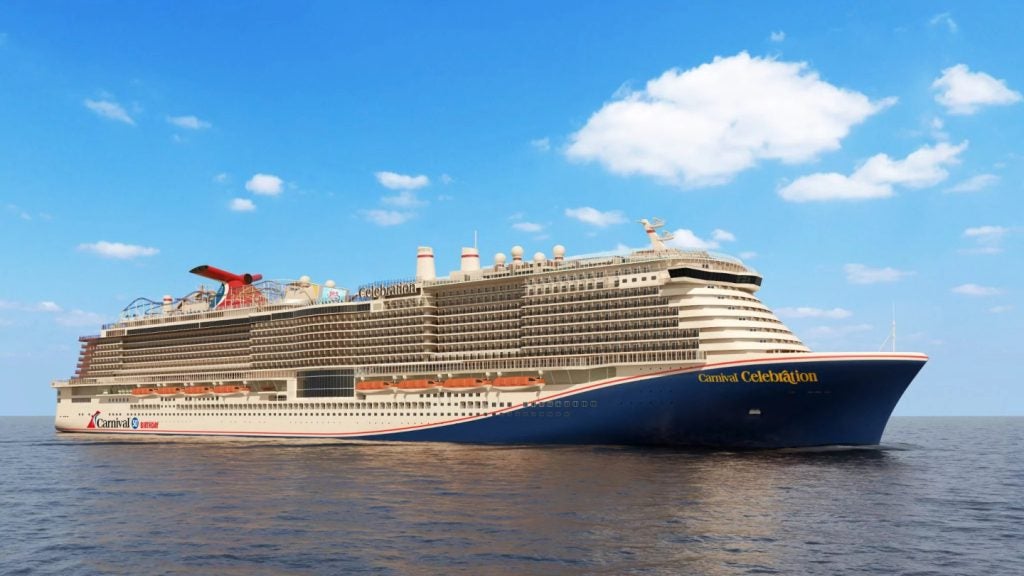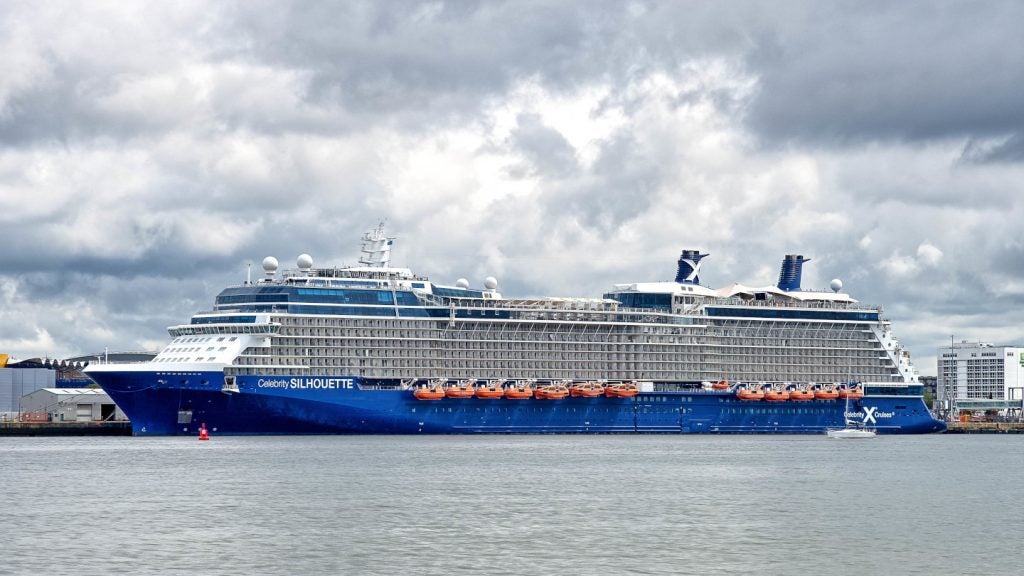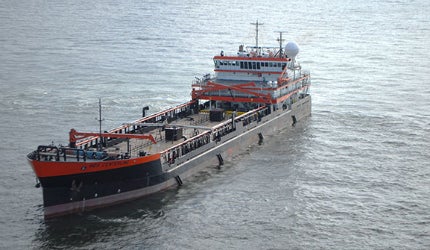
HOS Centerline is claimed to be the largest and most flexible DP-2 (dynamic positioning) offshore supply vessel (OSV) in the world. It was added to the fleet of Hornbeck Offshore Services in February 2009. Compliant with the Safety of Life at Sea (SOLAS) and the Jones Act, HOS Centerline is the only vessel in the world to be certified by the United States Coast Guard (USCG). This certification allows her to be used as a supply vessel, offshore construction vessel, petroleum tanker and chemical tanker.
HOS Centerline was originally built in the 1990s to ship molten sulphur from offshore wells to land. It was then operated by Freeport-McMoRan Sulphur. The vessel was purchased by Hornbeck in 2005 and was later converted into an OSV.
Since July 2011, the vessel is being used by Marine Spill Response Corporation (MSRC) to provide spill response services in the Gulf of Mexico (GoM).
HOS Centerline design
HOS Centerline is of HOS 370 design. The main features of this design include double hull construction, vapour recovery system and machinery fitted in the vessel’s bow.
The 116.2m vessel has a deck area of 1,077.67m2 and deck load capacity of 5MT/m2. Additionally, there is a covered deck space of 153m2. Beam of the vessel is 21.9m, and gross tonnage and net tonnage are 5,960GT and 2,436GT respectively. Maximum and minimum drafts are 6.98m and 2.34m respectively. Freezer and cooler area is 24m3.
Apart from carrying 4,923m3 of liquid mud and 3,909m3 of cargo oil, the vessel can also transport 4,923m3 of brine, 247m3 of potable water, 5.2m3 of rig fuel and 5,686m3 of rig water to and from exploration, development and production projects.
One of the main features of the ship is her tanks, which are fitted with a self-contained mixing and cleaning system equipped with large paddles that enable quick cleaning of the tanks.
HOS Centerline construction
The conversion was undertaken by BAE Systems Southeast Shipyards. Initial evaluation of the vessel was carried out at Bollinger Shipyards in Amelia. Bath Iron Works had built the new bow units.
The new vessel has retained only certain portions of the original hull and superstructures. The pilothouse was elongated to accommodate new wing stations. The accommodation area, galley and lounge were also rebuilt.
Accomodation aboard the offshore supply vessel
HOS Centerline can accommodate 47 persons in 18 staterooms. Additional accommodation can be arranged for 31 persons when required. Cabin configuration includes two one-man cabins, nine two-man cabins, one three-man cabin and six four-man cabins.
The staterooms are equipped with air conditioners and heaters. Onboard facilities include client office, lounge and hospital.
Engines and propulsion
HOS Centerline is powered by four Caterpillar 3516C diesel primary generators with a total rating of 8,400kW. In addition it has three Caterpillar C18 auxiliary generators that have a combined rating of 1,275kW.
The main propulsion system is comprised of two Rolls Royce Marine fixed pitch propellers (FPP).
Fitted aft are two Rolls Royce Marine CPP drop down azimuth bow thrusters with total power of 3,000HP. One 1,500HP Rolls Royce Marine CPP tunnel bow thruster is fitted forward of the vessel. A Rolls Royce Marine CPP tunnel stern thruster of 1,500HP is also fitted.
Equipment
The vessel is fitted with three Hydra Pro deck cranes that move material and equipment around the deck. Safe working load (SWL) capacity of each crane is 20t.
The vessel can accommodate other equipment for construction projects. It can be installed with a large crane, a moon pool and a deep-sea winch when required. Two ROV control centres can also be established onboard to carry out ROV operations up to a depth of 3,000m.
Related project
Hos Iron Horse Multipurpose Offshore Support Vessel, United States of America
The HOS Iron Horse is a multipurpose offshore support vessel (MPOCV) built in accordance with the rules and regulations of Det Norske Veritas (DNV).
Navigation and communication
Navigation and communication equipments include CCTV cameras, Cyscan, Depth Sounder, Auto Pilot, Differential Global Positioning System (DGPS), Gyro Compass, Navigational Telex (Navtex), public phone system, S-band and X-band radars, VHF radio, and Very Small Aperture Terminal (VSAT).

